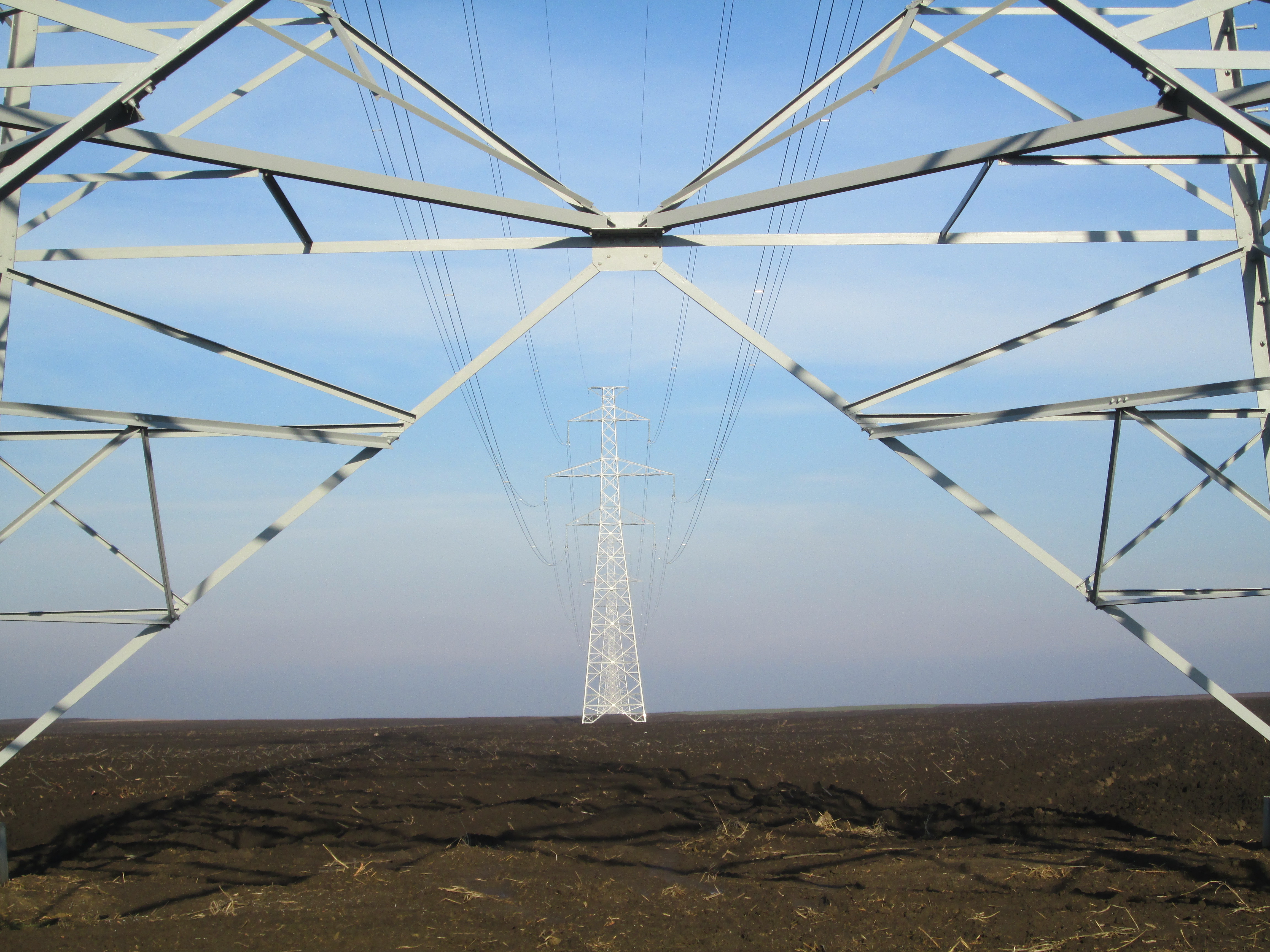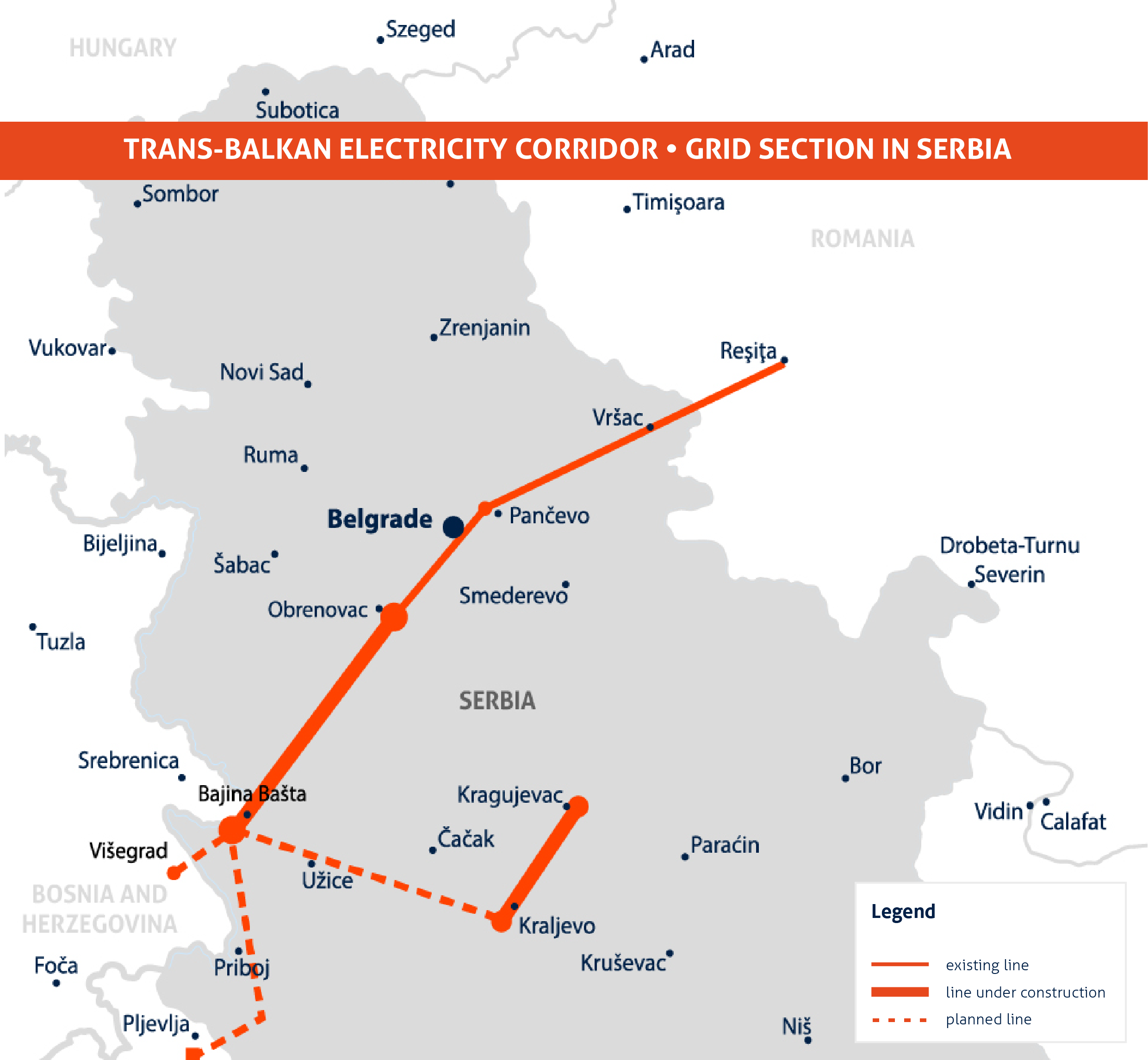“We wind a simple ring of iron with coils, we establish the connections to the generator, and with wonder and delight we note the effects of strange forces which we bring into play, which allows us to transform, to transmit and direct energy at will.“
This is what Nikola Tesla said at a lecture on experiments with alternating currents at the London Institute of Electrical Engineers in 1892, and today the world is connected by hundreds of thousands of kilometers of transmission lines that supply every corner of the planet with alternating current.
Serbia and the other Western Balkan partners are not lagging behind. They are now connecting and building the 371.3 km long Trans-Balkan Electricity Corridor, for which the Western Balkans Investment Framework (WBIF) provides €32.1 million of non-refundable EU funds.

Danko Gavrilović, WBIF Coordinator for Serbia, emphasizes the importance of the project for the economy, connectivity and sustainability of renewable energy development.
“The Economic and Investment Plan for the Western Balkans 2021-2027 is a reflection of the European Union’s efforts to encourage long-term economic recovery of the country and the region, with the support of the so-called green and digital transformation and the acceleration of regional connectivity and connectivity with the European Union. Intensive development of sustainable capacities for the production of renewable energy sources also requires the development of the network of transmission systems”, said Gavrilović and added: “The Trans-Balkan Corridor would be the backbone of this direction of development, which strengthens Serbia’s position as the energy hub of this part of Europe and at the same time directly protects the national energy supply security.”
It is estimated that the use of renewable energy sources, along with increased energy efficiency and electrification of traffic, will lead to an effective impact on reducing global warming and pollution. From 2015 until today, Serbia has made significant progress in the field of renewable energy sources, primarily by building seven wind farms with a total capacity of 398 MW. Serbia is at an important crossroads and the country is an important element of regional connectivity.
In addition to its favourable geographical position, Serbia has and develops significant electricity potentials, improves legislation and promotes capacity building of renewable and green energy sources. The maximum annual production of power plants managed by Electric Power Industry of Serbia (EPS), observed since 1990, was achieved in 2013 – 37.433 GWh of electricity.
Serbia maintains about 10,000 kilometers of its own transmission lines, and the transmission system is connected to all transmission systems in the neighbouring countries. Investments in the Serbian electricity transmission network supported by the EU include the construction of a new 400 kV section Kragujevac – Kraljevo, upgrading the section from Obrenovac to Bajina Bašta and and Bajina Bašta – Višegrad (Bosnia and Herzegovina) and to the border with Montenegro to 400 kV. These much-needed investments will replace the outdated 220 kV network, which is prone to system failures and carries high operational and maintenance costs.
These Corridor sections are in various phases of implementation, and construction started in 2009.

Section 1: New single 400kV OHL Resita (ROM) – Pančevo (SRB) / part of the corridor that is located in Serbia was commissioned in 2017.
Section 2: Kragujevac – Kraljevo is in the construction stage and it will be commissioned in mid-2022. This project is implemented within two lots (overhead line and the terminal substations), with the donation from the EU, under support of the WBIF, and with a loan provided by the German Development Bank (KfW). The new 60 km long transmission overhead line between Kragujevac and Kraljevo will provide better connectivity and more stable voltage for one million users from central and southern Serbia. Power outages due to overloading the existing system will be eliminated. The construction of the upgraded transmission line began in June 2020. The upgrade will enable power plants to deliver the same amount of electricity to customers with lower energy consumption. Overall air quality will be significantly improved. CO2 emissions will be reduced by 10.000 tons per year. The savings will be around €540,000 annually, which is approximately 10.800 MWh per year. During construction, 86 new jobs will be created, as well as during the maintenance and management period.
Section 3: Obrenovac – Bajina Bašta and section 4: Bajina Bašta (SRB) – Pljevlja (MNE) – Višegrad (BiH) / part in Serbia are in the phase of preparation of design documentation and permitting, while the financing for the Section 3 is secured.
The Trans-Balkan Electricity Transmission Corridor is on the List of Projects of Energy Community Interest, as it is located in one of the Parties to the Energy Community Treaty and connects with EU Member States. The project was identified as the Flagship 5 “Transition from Coal” and within the Investment priority “Clean Energy”, as determined in the Economic and Investment Plan for the Western Balkans 2021-2027.